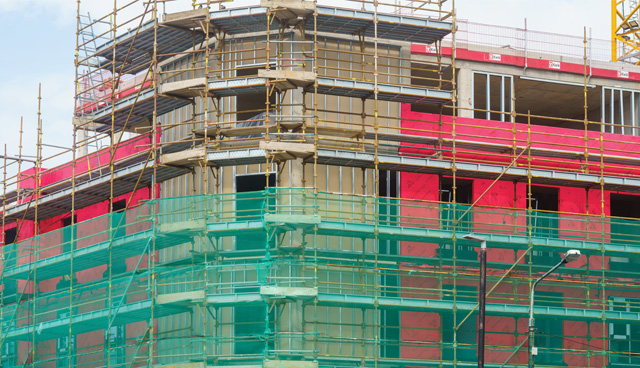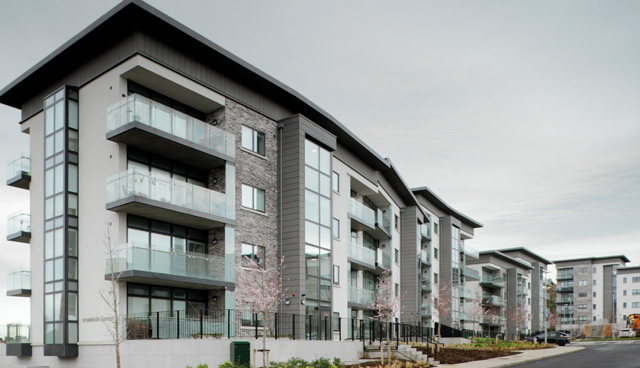
Grant heating solutions helping to decarbonise homes
18th July 2023
Cost rental: European best in class
18th July 2023‘Just in time’ delivery process ‘unrealistic’

Construction targets are “unrealistic” as Ireland has an average household size which is considerably higher than the European average, an Oireachtas committee has been told by a senior housing expert.
Sitting on 13 June 2023, the Joint Oireachtas Committee on Housing, Local Government and Heritage, Conor O’Connell, Director of the Irish Home Builders Association (IHBA) outlined to the committee that “[land] headroom allowance has been narrowed to 25 per cent when it should be 100 per cent”.
“Household formation size is not reflective of European norms of 2.3 persons per household and is currently at 2.7 persons in Ireland. There is an unrealistic target of 50 per cent of the residential provision on brownfield lands or existing built environments in our main urban centres.”
O’Connell also explained that “site viability and ownership can be key issues and State support will be needed for apartment construction”. He further characterised the projected growth target for Dublin and the mid-east region as “unrealistically low”, adding that the timeframe for development plans in the regions of six years is an “unrealistic timeframe”.
The IHBA representative further articulated his belief that local and county development plans at local government level, which have been adopted by most councils, have “built in these unrealistic aspirations towards land management” and that “there are many examples of settlement caps or even the de-zoning of residential lands previously zoned for housing purposes”.
O’Connell continued: “In many locations, lands have been zoned for housing which are difficult and expensive to service and, in other locations, serviced or easily serviced lands have been de-zoned or not zoned. Our land management process for housing delivery is, therefore, fundamentally flawed and almost applies a ‘just in time’ process for delivery rather than a predictive model based on realistic timeframes for the delivery of infrastructure to facilitate housing.”
Welcoming the review of the National Planning Framework and the change from a six-year to a 10-year timeframe for development plans in the Planning and Development Bill, O’Connell said: “If we plan for 10 years, then we must provide the infrastructure for that period as well, and the infrastructure plans must marry with the development plans.”
However, he warned: “As of now, development levies account for a significant portion of the uplift percentage of land zoned for housing purposes and the State already captures a significant gain from zoning decisions. Levies and charges for public infrastructure upgrades cannot be borne by new homebuyers alone.”






